8 Genius Psychology Hacks to Create Viral Social Media Content
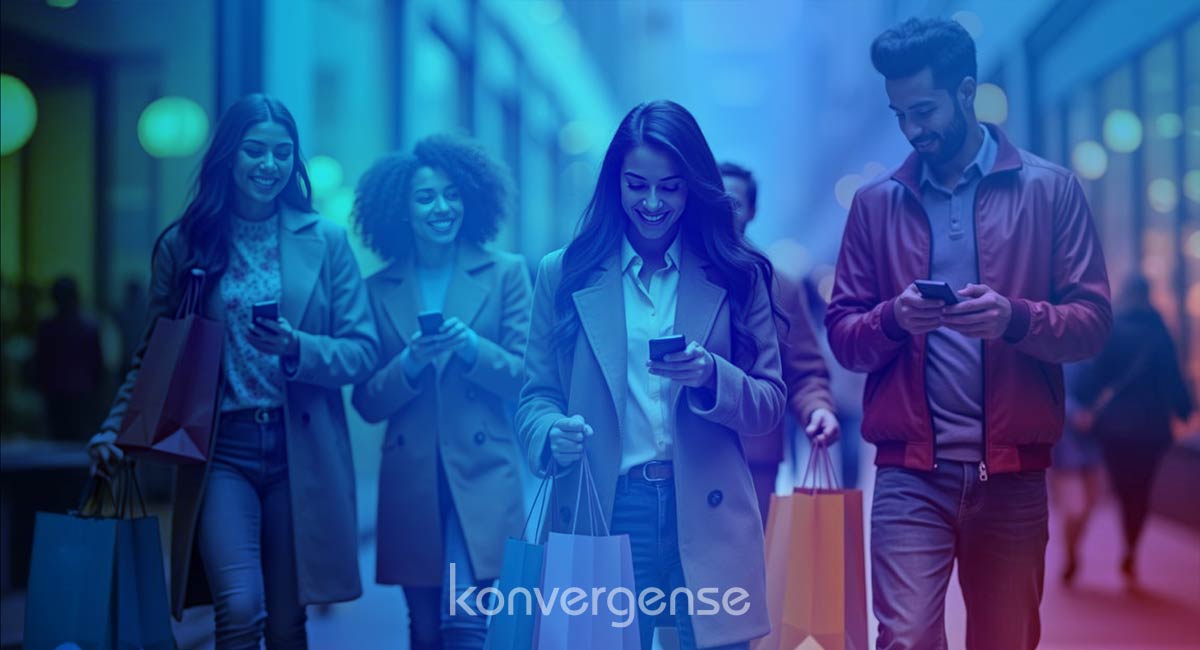
Introduction
Creating viral social media content isn’t about luck or chance—it’s about strategy, science, and understanding human psychology. Every viral post you see, from clever tweets to captivating videos, is rooted in psychological triggers for viral content that resonate deeply with audiences. These principles tap into how people think, feel, and behave online, increasing the likelihood of engagement, sharing, and virality.
In this blog, we’ll explore eight actionable psychology-backed strategies to help you optimize your social media engagement psychology. From understanding how the fear of missing out (FOMO) motivates behavior to leveraging the power of scarcity and social proof, these tactics are designed to boost your reach and engagement.
However, it’s important to note that while these viral marketing tactics are highly effective, they should always be used authentically and ethically. Manipulative or misleading content can erode trust and damage your brand’s reputation. Instead, focus on creating value, fostering genuine connections, and building trust with your audience.
What You’ll Learn
This article is a deep dive into the psychology of viral content, covering:
- How to use anchoring bias to set the tone for your audience.
- Why loss aversion and FOMO are powerful motivators.
- The role of social proof and reciprocity in driving engagement.
- How principles like scarcity and serial positioning influence content perception.
These strategies are not only designed to help you learn how to create viral content, but also to build a viral content strategy that works consistently for your business.
Whether you’re a small business owner in Dubai, a digital marketer, or an entrepreneur looking to grow your brand, understanding these psychological principles can give you a competitive edge.
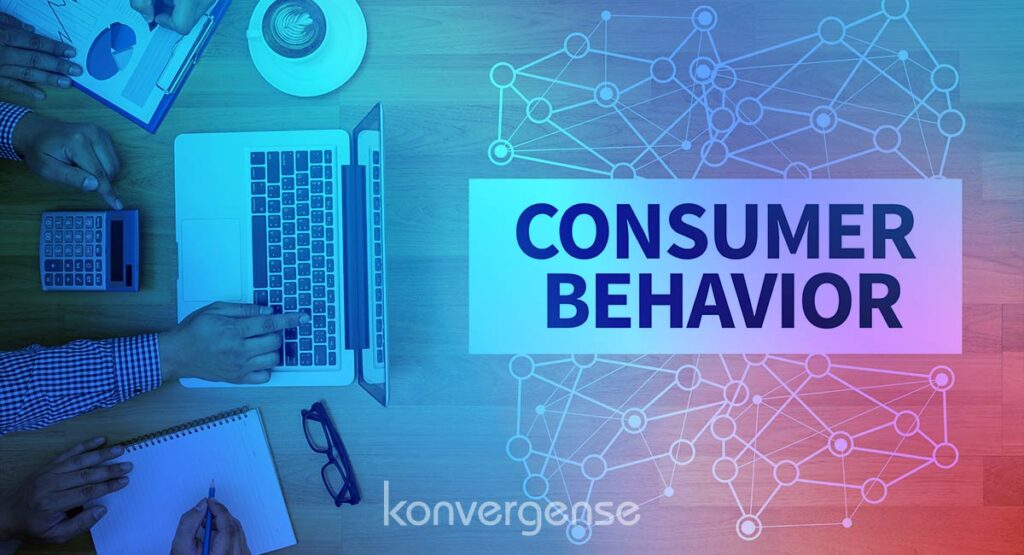
The Ethical Advantage
Using the psychology of sharing content responsibly builds trust and ensures long-term loyalty from your audience. Viral content might give you short-term visibility, but authenticity and consistency are what drive sustainable growth.
Let’s dive into the first principle: Anchoring Bias, and learn how you can use it to create scroll-stopping content that leaves a lasting impression.
1. Anchoring Bias: Setting the Foundation for Viral Social Media Content. What is Anchoring Bias?
Anchoring bias is a psychological tendency where the first piece of information someone encounters significantly influences their perception of what follows. When applied to viral social media content, this principle highlights the importance of starting strong—whether it’s through a striking image, a bold headline, or a compelling statistic.
For businesses, leveraging anchoring bias is a proven way to grab attention, frame the narrative, and keep the audience engaged. This principle is foundational in social media marketing psychology and offers a powerful edge in an overcrowded digital space.
Why Anchoring Bias Matters in Social Media
- First Impressions Are Lasting
In the fast-paced world of social media, first impressions can make or break your content. Research shows that users spend only 1.7 seconds per post on average in their feed (Facebook IQ). The first visual, headline, or sentence acts as an anchor to either stop the scroll or let your post go unnoticed. - Guides Audience Perception
The anchor you set helps your audience frame and evaluate the rest of your content. For instance, leading with a strong benefit or problem statement primes them to see value in your solution. - Boosts Engagement and Shares
A strong opening increases the likelihood that users will engage with and share your content, extending its reach and boosting your viral content strategy. How to Use Anchoring Bias in Your Social Media Strategy
- Start With an Attention-Grabbing Hook
- Use headlines or visuals that immediately grab attention, such as:
- Intriguing questions: “Did you know you could double your ROI with this one strategy?”
- Shocking statistics: “85% of businesses fail to leverage this viral marketing tactic.”
- Relatable pain points: “Tired of spending hours on social media with little return?”
- Lead With Your Best Feature or Benefit
- Showcase the most valuable part of your product, service, or content first.
- Example: A Dubai-based e-commerce brand could start with: “Shop now and get 50% off our best-selling items for a limited time.”
- Frame Your Content With Numbers or Specifics
- Numbers and concrete details make your opening more impactful.
- Example: “3 Proven Ways to Increase Your Social Media Reach by 300%.”
- Use “Before and After” Comparisons
- Visual storytelling works exceptionally well as an anchor. Highlight the transformation or outcome your audience can achieve.
- Example: A skincare brand could post: “See the difference our serum makes in just 7 days.” paired with before-and-after images.
Examples of Anchoring Bias in Action
- Netflix: Thumbnails and autoplay trailers immediately set the tone and hook users into watching content they might have ignored otherwise.
- Amazon: Product pages lead with key features, discounts, and user ratings, creating an anchor that drives purchasing decisions.
- UAE-Based Hospitality Businesses: Hotels in Dubai often start their promotional posts with visuals of luxurious suites or iconic attractions, setting a premium anchor in their audience’s minds.
Actionable Tips
- Test Your Anchors: Experiment with different types of headlines, images, or benefits to see what resonates most with your audience.
- Monitor Analytics: Use tools like social media insights to track performance and refine your approach.
- Stay Relevant: Ensure your anchor aligns with your brand voice and target audience.
Anchoring bias is a simple yet effective tool for increasing engagement and creating a memorable first impression. By implementing this principle in your viral marketing tactics, you can establish a strong foundation for your social media success.
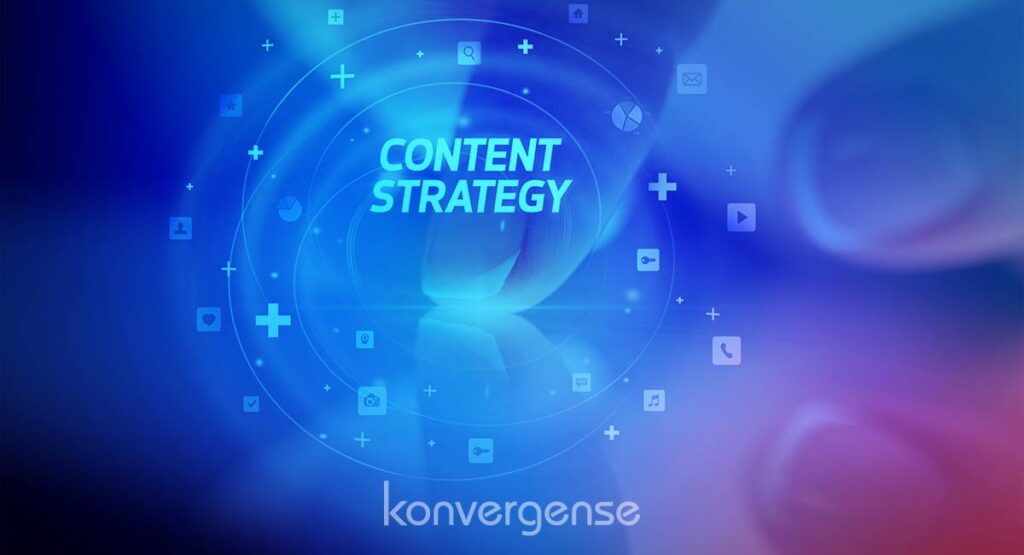
2. Loss Aversion: Motivating Action by Highlighting What’s at Stake
What is Loss Aversion?
Loss aversion is a psychological principle that suggests people are more motivated to avoid losses than to acquire equivalent gains. In the context of viral social media content, this means emphasizing what your audience stands to lose if they don’t take action is often more effective than focusing solely on the benefits they’ll gain.
For businesses, this principle can be a game-changer in crafting impactful campaigns that encourage immediate responses. By tapping into social media engagement psychology, you can motivate your audience to act, share, or engage before they feel they’ve missed out on something valuable.
Why Loss Aversion Works in Social Media Marketing Psychology
- Triggers FOMO (Fear of Missing Out)
The fear of missing out is one of the strongest drivers of online behavior. Highlighting time-limited offers, exclusive deals, or missed opportunities taps into this emotion, making your audience feel an urgent need to act. - Creates Emotional Impact
People instinctively want to avoid regret. By framing your messaging around potential losses, you create a sense of urgency and importance that resonates on a deeper emotional level. - Encourages Quick Decisions
Loss aversion messaging pushes users to make faster decisions—whether it’s signing up for a webinar, purchasing a product, or engaging with your content.
How to Use Loss Aversion in Your Social Media Content
- Highlight What’s at Stake
- Instead of just promoting benefits, focus on what your audience risks losing if they don’t act.
- Example: “Don’t let these common mistakes cost you thousands in revenue every year.”
- A Dubai-based real estate company might say: “Missing this investment opportunity could mean losing out on the next big market boom.”
- Use Time-Limited Offers or Deadlines
- Countdown timers, “last chance” messaging, and reminders of upcoming deadlines are highly effective.
- Example: “Offer ends in 24 hours—don’t miss your chance to save 50%!”
- A local UAE fashion retailer could post: “Only 2 days left to grab the season’s hottest styles!”
- Emphasize Mistakes to Avoid
- Frame your content around errors your audience could be making and how to avoid them.
- Example: “Are you losing potential customers by ignoring this key digital marketing strategy?”
- A Dubai-based digital agency might post: “5 SEO mistakes that could be costing your business valuable leads.”
- Incorporate Visuals That Evoke Urgency
- Use images or graphics that communicate scarcity, deadlines, or loss visually. Examples include countdown timers, fading opportunities, or even unhappy customers missing out.
Examples of Loss Aversion in Action
- eCommerce Brands: Many online stores use “low stock” messages like “Only 3 left in stock!” to create urgency.
- Airlines: Flight booking sites like Emirates emphasize limited seat availability, e.g., “Only 2 seats left at this price!”
- Subscription Services: Netflix reminds users about content that’s leaving soon, tapping into FOMO to drive immediate viewing.
Actionable Tips
- Be Specific: Clearly define what your audience stands to lose.
- Example: Instead of saying, “You’ll miss out,” be more direct: “You’re losing 20% of your potential audience by not optimizing for mobile.”
- Use Scarcity and Deadlines Together: Combining limited stock or availability with a deadline amplifies the sense of loss.
- Pair With Data: Use statistics to emphasize the stakes. For example, “60% of businesses fail to implement this strategy and lose valuable leads.”
Key Takeaway
Loss aversion is a powerful psychological driver that motivates action by focusing on what your audience risks losing. When used effectively, it can significantly boost the impact of your viral content strategy, ensuring your posts resonate and drive engagement.
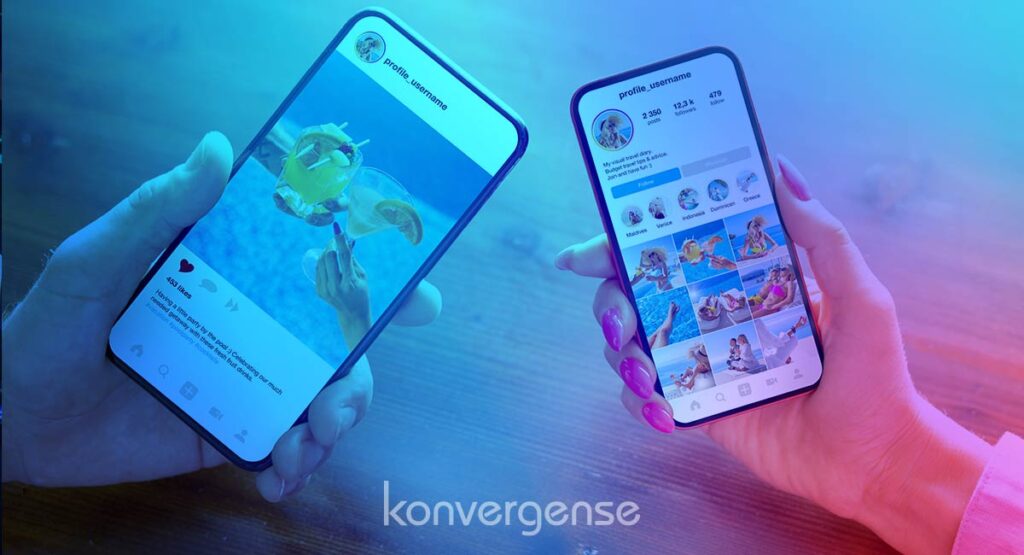
3. Scarcity: The Power of Limited Availability.
What is Scarcity?
Scarcity is a psychological principle that suggests people place higher value on things that are limited or rare. This concept taps into the psychology of viral content, where creating a sense of exclusivity or urgency compels people to act quickly. Whether it’s a time-sensitive offer or a limited-edition product, the fear of missing out (FOMO) makes scarcity one of the most effective viral marketing tactics.
For digital marketers, entrepreneurs, and small business owners, scarcity is a proven way to increase engagement, drive conversions, and boost your viral content strategy.
Why Scarcity Works in Social Media Marketing
- Creates a Sense of Urgency
Limited-time offers or exclusive deals encourage your audience to act now rather than later. This psychological pressure prevents procrastination and drives immediate responses. - Increases Perceived Value
When something is rare or hard to obtain, people view it as more desirable. This aligns with content virality factors, as scarcity makes your audience feel they’re part of an exclusive group. - Taps Into FOMO
By emphasizing what people might miss, scarcity triggers emotional responses that motivate shares, clicks, and purchases.
How to Use Scarcity in Your Social Media Content
- Promote Limited-Time Offers
- Use countdown timers, “last chance” messages, or phrases like “Offer ends at midnight!” to create urgency.
- Example: “Only 24 hours left to save 30% on all products—shop now!”
- A Dubai-based fashion brand could post: “Flash Sale: Grab your favorites before the clock runs out!”
- Highlight Exclusive Access
- Position your product or service as exclusive, available only to a select few.
- Example: “Be one of the first 100 to access our new course and get a free bonus!”
- A luxury real estate company in the UAE could post: “Exclusive access to Palm Jumeirah’s most prestigious villas—limited availability!”
- Emphasize Limited Quantities
- Phrases like “Only a few left in stock!” are highly effective at triggering urgency.
- Example: An online retailer might say: “Only 5 pieces remaining—don’t miss out!”
- A local food delivery service could post: “Limited slots left for today’s orders—book now!”
- Use Seasonal or Event-Based Scarcity
- Tie your offers to specific seasons, events, or trends to emphasize timeliness.
- Example: “Limited Eid Collection—shop now before it’s gone!”
Examples of Scarcity in Action
- Amazon: The “Only X left in stock” feature on product pages creates urgency, motivating users to purchase quickly.
- Booking.com: Scarcity messaging like “Only 1 room left at this price!” encourages immediate bookings.
- Dubai-Based Events: Limited seating for exclusive events like “Early bird tickets available only until this Friday!” leverages scarcity to boost sales.
Actionable Tips
- Keep It Authentic: Overusing scarcity can feel manipulative. Ensure your scarcity messaging is genuine and aligns with the real availability of your product or service.
- Pair Scarcity With Value: Highlight not just the limited availability, but also why it’s worth acting now.
- Example: “Limited stock of our best-selling item—don’t miss your chance to own it!”
- Visualize the Scarcity: Use visuals like countdown clocks, empty shelves, or sold-out labels to reinforce your message.
Key Takeaway
Scarcity is a powerful motivator that plays on urgency and exclusivity to drive audience engagement and conversions. When incorporated thoughtfully into your social media content strategy for business, it can significantly increase reach, engagement, and sales.
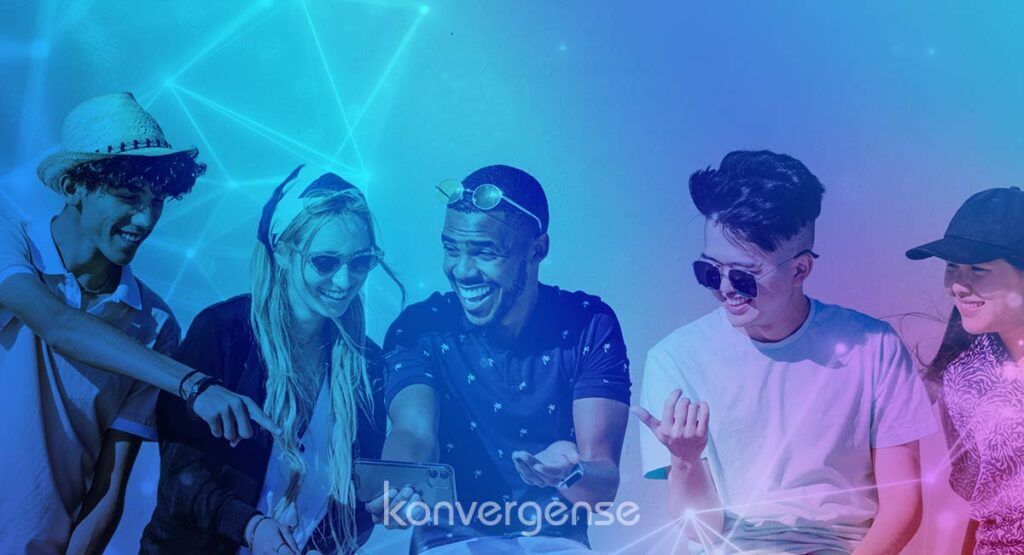
4. Reciprocity: Building Trust Through Giving
What is Reciprocity?
Reciprocity is a psychological principle where people feel a natural urge to return favors or acts of kindness. When applied to content marketing psychology, this concept can help businesses foster loyalty, trust, and engagement by offering value upfront. In the context of viral social media content, giving first—whether it’s in the form of free resources, insights, or tools—encourages your audience to engage, share, and even reciprocate by becoming customers or advocates for your brand.
For entrepreneurs, small business owners, and digital marketers, this tactic is a cornerstone of effective social media marketing strategies that drive meaningful connections and long-term results.
Why Reciprocity Works in Social Media Marketing
- Creates a Sense of Obligation
When you provide something valuable for free, your audience feels compelled to reciprocate—whether by sharing your content, leaving positive feedback, or making a purchase. - Builds Trust and Goodwill
Generosity builds trust. Offering something valuable without asking for anything in return establishes your brand as helpful and credible, which is crucial in building social media community psychology. - Encourages Engagement
Free resources and giveaways not only attract attention but also encourage your audience to interact with your posts, boosting your reach through platform algorithms.
How to Use Reciprocity in Your Social Media Content
- Offer Free Resources or Tools
- Create downloadable guides, templates, or checklists that solve a problem for your audience.
- Example: A marketing agency in Dubai might share: “Download our free Social Media Content Calendar template to organize your posts effectively.”
- A fitness coach could offer: “Get your free 7-day meal plan for weight loss!”
- Share Exclusive Insights
- Provide actionable tips, insights, or strategies tailored to your niche.
- Example: A tech startup might post: “Here’s a quick tutorial on optimizing your website’s speed—free for our followers.”
- Host Giveaways or Challenges
- Create contests or challenges where participants receive something valuable in return for engaging.
- Example: A beauty brand could run: “Tag three friends for a chance to win our exclusive skincare bundle!”
- A Dubai-based travel agency might say: “Share your favorite travel memory with us and win a free weekend getaway!”
- Provide Educational Content
- Share informative and engaging content that teaches your audience something new.
- Example: A financial advisor could post: “Watch this free webinar to learn how to save for retirement effectively.”
Examples of Reciprocity in Action
- HubSpot: Offers free tools like website graders and CRM platforms, which build goodwill and trust, ultimately converting users into customers.
- TED Talks: Shares high-value content for free, encouraging users to share their talks widely.
- Local UAE Businesses: Many Dubai-based cafes and restaurants offer free samples or small discounts to first-time visitors, fostering loyalty and word-of-mouth marketing.
Actionable Tips
- Focus on Value First: Ensure your offering solves a real problem or provides significant value to your audience.
- Personalize Your Approach: Tailor your resources or gifts to your audience’s needs and preferences.
- Ask for Simple Engagement: A call to action like “Download this” or “Share with friends” is an easy way to encourage reciprocity.
Key Takeaway
Reciprocity is one of the most powerful psychological principles of persuasion in marketing. By giving before you ask, you create trust, build goodwill, and encourage engagement. Incorporate this tactic into your social media content strategy for business to create meaningful, lasting relationships with your audience.
5. Serial Positioning: Structuring Content for Maximum Impact
What is Serial Positioning?
Serial positioning refers to the psychological phenomenon where people tend to remember the first and last items in a sequence more than the ones in the middle. Known as the primacy effect (strong memory of the beginning) and the recency effect (strong memory of the end), this principle plays a crucial role in social media content optimization. For businesses, structuring posts, videos, or stories to take advantage of this effect ensures your most important points are remembered.
When applied to viral social media content, serial positioning helps you craft messages that stick, encouraging higher engagement and shares.
Why Serial Positioning Matters in Social Media
- Improves Content Retention
Audiences are bombarded with content, making it essential to structure posts in a way that highlights key takeaways. Focusing on what your audience will remember first and last increases their likelihood of engaging and sharing. - Drives Engagement
Hooking users early keeps them scrolling, while ending with a compelling call-to-action (CTA) motivates them to act. This aligns with social media engagement psychology and enhances your content amplification strategies. - Aligns With Algorithms
Social media algorithms prioritize content that keeps users engaged longer. Well-structured posts that maximize the primacy and recency effects are more likely to be promoted by the platform.
How to Use Serial Positioning in Your Social Media Content
- Lead With Your Strongest Point
- Start with your most compelling idea, question, or visual to hook the audience immediately.
- Example: A personal finance coach could post: “The #1 mistake people make with their savings—here’s how to fix it.”
- A Dubai-based marketing agency might lead with: “Struggling with low engagement? These strategies will change that.”
- End With a Strong CTA
- Close your content with a memorable statement or call-to-action that reinforces your message.
- Example: “Ready to boost your ROI? Visit our website to learn more!”
- For video content, conclude with: “Don’t forget to follow for more tips on how to make content go viral on social media.”
- Use the “Sandwich Method”
- Place your most important points at the beginning and end, with supplementary details in the middle.
- Example for a carousel post:
- First Slide: “Here’s how to grow your social media reach by 300%.”
- Middle Slides: Strategies and tips.
- Last Slide: Strong CTA: “Apply these tactics today and see the results for yourself!”
- Example for a carousel post:
- Create Visual and Emotional Highs at Key Points
- Use visuals, emotional storytelling, or highlights at the start and end to make your content more memorable.
Examples of Serial Positioning in Action
- Instagram Carousels: Creators often start with a bold statement or visual, followed by detailed information in the middle, and conclude with a clear CTA like “Save this post!”
- YouTube Videos: Top-performing videos use engaging intros (like asking a question) and strong closings (like “Subscribe for more”).
- Dubai Tourism: Travel brands in the UAE often structure promotional videos by opening with iconic landmarks (e.g., Burj Khalifa), sharing itineraries in the middle, and closing with an emotional sunset shot to leave a lasting impression.
Actionable Tips
- Focus on Headlines and CTAs: Your opening and closing lines are the most important—craft them carefully to make an impact.
- Analyze Performance: Use tools like social media insights to see which parts of your content drive the most engagement.
- Experiment With Formats: Test different structures, such as video intros vs. static posts, to determine what works best for your audience.
Key Takeaway
Serial positioning helps you structure your content in a way that ensures key points are remembered. By leveraging this psychological principle, you can craft posts that resonate deeply with your audience, driving engagement and shares. Integrate this tactic into your viral content strategy for consistently higher performance.


6. Social Proof: Leveraging the Power of Influence
What is Social Proof?
Social proof is a psychological concept where people look to the actions and opinions of others to determine their own behavior. In the context of social media marketing psychology, showcasing how others interact with or benefit from your brand can significantly boost credibility and engagement. Whether through testimonials, user-generated content (UGC), or influencer endorsements, social proof creates trust and inspires confidence, making it a cornerstone of effective social media marketing strategies.
For businesses, especially small to medium enterprises and startups, social proof can serve as a powerful driver to improve content virality factors and maximize reach.
Why Social Proof Works in Social Media
- Builds Trust Instantly
Seeing that others trust and value your brand provides reassurance to potential customers. This is particularly important in competitive markets like Dubai, where brands compete for attention and trust. - Increases Shareability
People are more likely to share content that’s backed by numbers, positive reviews, or well-known influencers, amplifying your viral content strategy. - Drives Conversions
Social proof eliminates hesitation in decision-making by validating your claims through others’ experiences, enhancing consumer psychology on social media.
How to Use Social Proof in Your Social Media Content
- Showcase Customer Testimonials and Reviews
- Share quotes, screenshots, or video testimonials from satisfied customers.
- Example: “Here’s what our clients are saying: ‘This tool doubled my engagement in 3 months!’”
- A Dubai-based digital agency could post: “Trusted by over 200 businesses in the UAE to grow their online presence.”
- Leverage User-Generated Content (UGC)
- Encourage customers to share photos or videos using your product or service and tag your brand.
- Example: A restaurant in Dubai might post: “Thank you @user for sharing your amazing dining experience!”
- Highlight Influencer Endorsements
- Collaborate with influencers who align with your brand to showcase your products to their audience.
- Example: “Recommended by [influencer name]: ‘This skincare product has transformed my routine!’”
- Use Metrics and Numbers
- Showcase stats that demonstrate your popularity or credibility.
- Example: “Over 10,000 happy customers and counting!”
- A UAE travel agency might say: “Rated 5 stars by over 3,000 travelers exploring the Middle East.”
- Add “As Seen On” or Client Logos
- Display media coverage, awards, or partnerships to boost authority.
- Example: “As featured in Gulf News, Khaleej Times, and Forbes Middle East.”
Examples of Social Proof in Action
- Airbnb: Highlights user reviews and ratings prominently, showing trustworthiness and enhancing conversions.
- Sephora Middle East: Uses customer reviews and ratings for products on their website and shares UGC on Instagram to boost credibility.
- Dubai-based Startups: Many startups in the UAE use awards or accelerator partnerships as proof of their credibility, such as “Backed by Dubai Future Foundation.”
Actionable Tips
- Incentivize UGC: Run campaigns or contests that encourage customers to share their experiences, such as “Share your story for a chance to win!”
- Highlight Recent Activity: Use dynamic social proof, like “10 people purchased this in the last hour,” to create urgency.
- Focus on Authenticity: Ensure your testimonials and endorsements are genuine and relatable to build trust.
Key Takeaway
Social proof is an essential part of psychological triggers for viral content because it validates your brand through others’ experiences. By integrating testimonials, UGC, and influencer collaborations into your social media content strategy for business, you can build trust, drive engagement, and boost conversions.
7. Verbatim Effect: Crafting Memorable Messages
What is the Verbatim Effect?
The verbatim effect is a psychological phenomenon where people tend to remember the gist of a message rather than its exact wording. In the context of viral social media content, this principle emphasizes the importance of conveying your core message clearly and memorably. Crafting content that resonates emotionally and sticks in your audience’s mind is key to boosting engagement and shares.
For businesses, particularly in the competitive markets of Dubai and the UAE, simplifying complex ideas and focusing on the main takeaway can make your content stand out in crowded feeds.
Why the Verbatim Effect Works in Social Media
- Simplifies Communication
The human brain processes simplified and emotionally charged messages faster than complex information. This is crucial for social media user behavior, where attention spans are short. - Makes Your Content Memorable
A clear and concise core message is more likely to stick with your audience, increasing the likelihood of sharing and recall. - Boosts Emotional Impact
When your content focuses on the essence of your message, it’s easier to evoke the emotional responses that drive action, aligning with emotional marketing strategies.
How to Use the Verbatim Effect in Your Social Media Content
- Focus on the Core Message
- Avoid overwhelming your audience with excessive details. Highlight the essence of your content in a single, powerful sentence.
- Example: “Save 10 hours a week with our AI-powered scheduling tool.”
- A Dubai-based logistics company could post: “Fast, reliable deliveries to anywhere in the UAE—guaranteed.”
- Use Vivid and Memorable Language
- Craft your message using relatable metaphors, analogies, or vivid imagery.
- Example: Instead of saying, “Our tool increases productivity,” say, “Our tool is like having an extra pair of hands for your business.”
- Repeat Key Points Strategically
- Reinforce the main idea throughout your post without sounding redundant.
- Example: In a carousel post:
- First Slide: “Double your engagement in 7 days.”
- Last Slide: “Remember, consistent effort leads to viral success.”
- Example: In a carousel post:
- Break Down Complex Ideas
- Simplify data or processes into bite-sized, easily digestible chunks.
- Example: A fintech company might post: “Step 1: Open an account. Step 2: Save automatically. Step 3: Watch your savings grow.”
Examples of the Verbatim Effect in Action
- Nike: Their slogan, “Just Do It,” is a perfect example of a concise and memorable core message.
- TED Talks: Focus on conveying powerful ideas in a short, digestible format that sticks with viewers.
- Dubai Tourism: Promotional campaigns often focus on memorable taglines like “Visit Dubai: Where the World Comes to Play.”
Actionable Tips
- Test Your Messaging: A/B test different versions of your posts to see which message resonates best with your audience.
- Incorporate Storytelling: Stories naturally simplify complex ideas into memorable takeaways, aligning with the verbatim effect.
- Stay Authentic: Ensure your core message reflects your brand voice and values for long-term audience connection.
Key Takeaway
The verbatim effect reminds us that simplicity and clarity are essential for crafting viral social media content. By focusing on a strong core message and delivering it memorably, you can maximize your social media engagement psychology and make your content more shareable.

8. Priming: Influencing Perception Through Subtle Cues
What is Priming?
Priming is a psychological phenomenon where exposure to certain stimuli subconsciously influences how people perceive and respond to subsequent information. In the world of social media marketing psychology, priming allows businesses to shape their audience’s mindset before delivering their core message. By subtly introducing themes, visuals, or ideas beforehand, you can guide your audience’s reactions and encourage the desired engagement.
For marketers, especially in highly competitive markets like Dubai and the UAE, leveraging priming in social media content optimization can help you create a smoother path to conversions and virality.
Why Priming Works in Social Media Marketing
- Shapes Audience Perception
Priming sets the tone for how your audience will interpret your content. For example, using uplifting imagery primes users for positivity, while statistical cues can prepare them to think analytically. - Boosts Engagement and Retention
When users are primed with relevant stimuli, they’re more likely to engage with and remember your message, enhancing content virality factors. - Influences Emotional Responses
Subtle cues like color schemes, phrases, or relatable visuals evoke emotions that align with your brand’s goals, leveraging emotional triggers in marketing to increase engagement.
How to Use Priming in Your Social Media Content
- Use Visual Priming
- Choose imagery and colors that align with the emotions or associations you want to evoke.
- Example: A travel agency promoting relaxation might use soft, warm-toned images of beaches and sunsets.
- A tech company could use sleek, futuristic visuals to convey innovation.
- Tease Upcoming Content
- Prime your audience by hinting at or introducing themes related to future posts or campaigns.
- Example: “Something exciting is coming—stay tuned for our big reveal tomorrow!”
- A Dubai-based fashion brand could post: “Sneak peek: Our exclusive Eid collection drops this Friday!”
- Leverage Relevant Statistics or Facts
- Begin with data that frames the context of your message.
- Example: “Did you know 90% of viral campaigns use emotional triggers? Here’s how you can apply this to your strategy.”
- Incorporate Related Keywords and Concepts
- Use phrases or words that connect to your main message to subtly influence your audience’s focus.
- Example: If promoting a luxury product, words like “premium,” “exclusive,” or “elite” can prime users to perceive higher value.
- Pre-Set Expectations Through Storytelling
- Begin with a relatable scenario that primes users to see your product or service as the solution.
- Example: “Imagine walking into your dream office—organized, efficient, and stress-free. That’s what our productivity app delivers.”
Examples of Priming in Action
- Apple: Ads often use clean visuals and minimalistic designs to prime audiences to associate their products with simplicity and innovation.
- Netflix: By showing a preview or teaser image of trending shows, they prime users to feel curious and excited about watching.
- Dubai Expo Campaigns: The build-up to Expo 2020 used visuals of global collaboration and innovation to prime audiences for the theme of connecting minds and creating the future.
Actionable Tips
- Align Visuals With Your Brand Goals: Use images and design elements that match the emotional tone you want to convey.
- Focus on Pre-Framing the Message: Use captions, headlines, or visuals that subtly guide your audience’s mindset before diving into details.
- Experiment With Timing: Post teasers and follow-ups strategically to create a seamless priming-to-conversion journey.
Key Takeaway
Priming is an effective way to guide how your audience perceives your content, making it a valuable tool in your viral content strategy. By using subtle cues and carefully chosen visuals or words, you can influence emotional responses and maximize engagement. Integrate priming into your social media marketing psychology to shape audience behavior and elevate your campaigns.
Conclusion
Creating viral social media content requires more than creativity—it demands a strategic approach rooted in the psychology of viral content. By understanding the psychological triggers such as anchoring bias, loss aversion, scarcity, reciprocity, serial positioning, social proof, the verbatim effect, and priming, you can craft content that captures attention, fosters trust, and drives engagement.
These strategies are not just about making content memorable but also about ethically leveraging social media marketing psychology to build stronger relationships with your audience. Whether you’re a small business owner, entrepreneur, or digital marketer in Dubai or beyond, these viral marketing tactics can help you stand out in a crowded digital landscape.
As you experiment with these principles, remember to track your results, refine your strategy, and focus on delivering value. Viral success isn’t just about reaching more people—it’s about connecting with them in meaningful ways.
Ready to elevate your social media game? Choose one of these tactics and implement it in your next campaign. Share your results and insights in the comments – we’d love to hear from you!
Frequently Asked Questions
- How can I apply these principles if I’m new to social media marketing?
Start small by focusing on one principle at a time. For example, test the impact of using scarcity in your next post by highlighting a limited-time offer. Track your engagement metrics and learn what resonates most with your audience. - Can these strategies work for B2B businesses?
Absolutely. Many of these principles, like social proof and reciprocity, are just as effective in B2B marketing. For instance, sharing client testimonials or offering free resources (like whitepapers or toolkits) can drive engagement and conversions. - Is it ethical to use these psychological tactics in marketing?
Yes, as long as you’re transparent and authentic. These tactics should enhance your audience’s experience, not manipulate them. Always prioritize delivering value and building trust. - What tools can I use to measure the success of these strategies?
Platforms like Google Analytics, Meta Business Suite, and Hootsuite can help you track engagement metrics such as likes, shares, and comments. Use these insights to fine-tune your approach. - Are there examples of brands in Dubai successfully using these principles?
Yes! For example:
- Luxury Hotels in Dubai often use scarcity by promoting limited-time offers on suites or holiday packages.
- Real Estate Developers frequently use anchoring bias by highlighting premium features upfront, such as “Panoramic Marina Views.”
- Dubai Expo 2020 Campaigns effectively leveraged social proof by showcasing global participation and visitor numbers.
- Can I combine multiple principles in one campaign?
Definitely. For example, you could combine scarcity and social proof by promoting a limited-time offer and showcasing user testimonials. Combining principles often amplifies their effectiveness.

